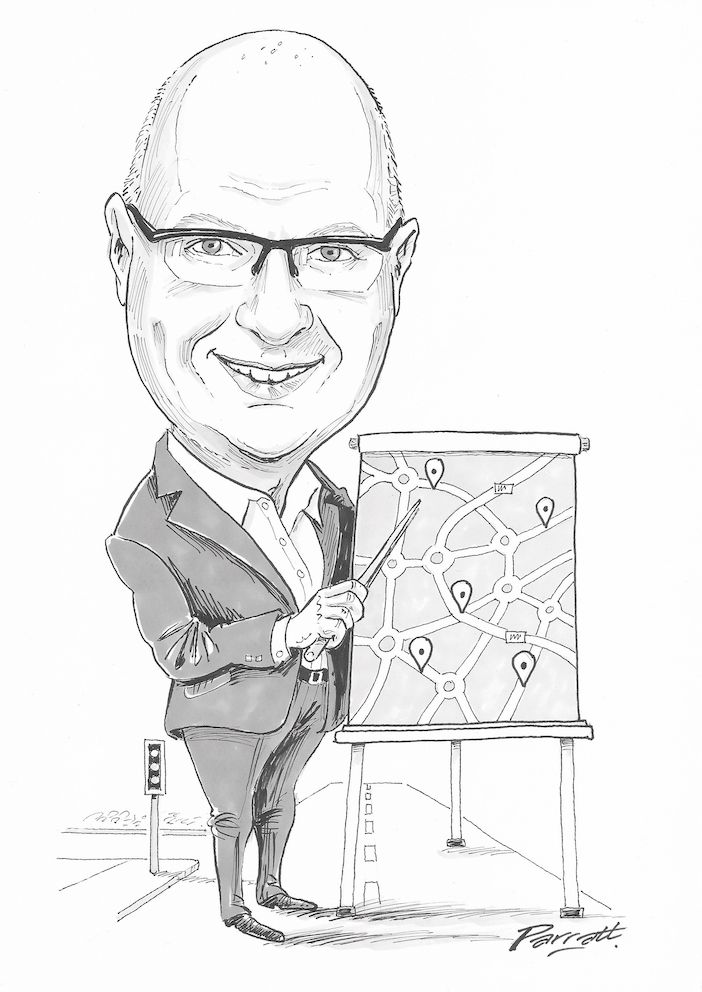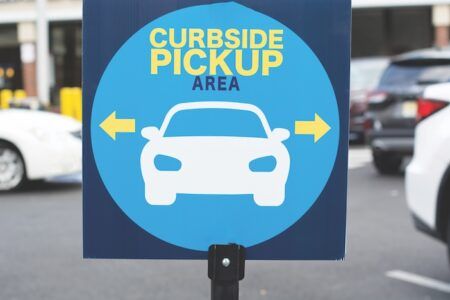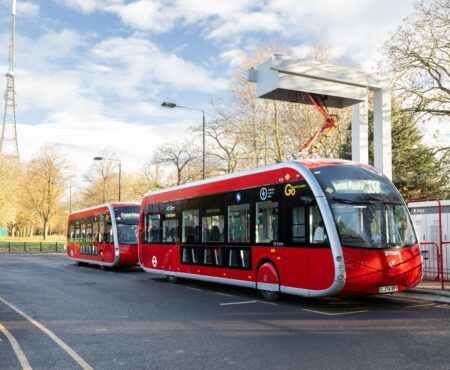Kirk Steudle, national transportation advisor with Steudle Executive Group and former director of Michigan DOT, believes unmanned aircraft systems (UAS), or drones, could usher in a new era of improved safety on our roads
I ended my last column advocating for better applications of technology, data analytics, and planning for safety. It’s no secret that transportation is a key determiner of public safety. According to the Centers for Disease Control and Prevention (CDC), traffic-related crashes still rank among the leading causes of death in the US.
Sometimes referred to as “the neglected epidemic,” the sad truth is that most of all traffic-related deaths and injuries were preventable. It’s obvious that incremental improvements are not keeping up with the safety needs of our highways. We must make substantial gains in improving safety.
 Public and roadway safety is complex and dynamic. As infrastructure owners and operators (IOOs), if we’re to make substantial gains in improving safety, we need the capability to proactively identify and mitigate potential dangers in real-time. This will require a holistic approach powered by innovative technologies that provide situational awareness. Until now, there hasn’t been the coalescence of technologies (sensors, data collection/communications, and cloud-edge analytics) necessary to employ strategies that benefit a wider public through shared knowledge.
Public and roadway safety is complex and dynamic. As infrastructure owners and operators (IOOs), if we’re to make substantial gains in improving safety, we need the capability to proactively identify and mitigate potential dangers in real-time. This will require a holistic approach powered by innovative technologies that provide situational awareness. Until now, there hasn’t been the coalescence of technologies (sensors, data collection/communications, and cloud-edge analytics) necessary to employ strategies that benefit a wider public through shared knowledge.
“For roadway safety, drones can be utilized as a more intelligent and mobile detection sensor that can proactively and in real-time identify traffic issues”
I believe, moving forward, drones or UAS, leveraged as enterprise-level smart sensors, will provide the distributed shared contextual knowledge to proactively identify safety issues on a wider scale. More than just surveillance tools, drones, combined with imaging detection, analytical capabilities of AI software, and real-time data communications, can be a critical application platform in delivering the next level of public and roadway safety.
Drones are already used and have proven their safety efficacy as a mission-critical situational awareness application for search and rescue, in-situ military and law enforcement, and disaster management. For roadway safety, drones can be utilized as a more intelligent and mobile detection sensor that can proactively and in real-time identify traffic issues. The overall public safety potential of an AI-equipped drone is nearly limitless.
I believe the true potential will be realized when intelligent drones are leveraged as distributed nested coordinated intra-agency assets. In this manner, the drones, also fitted with paired onboard modems allowing them to be in contact with multiple networks at once, can deliver real-time situational awareness for optimizing roadway efficiencies and safety, as well as proactive response to incidents, disaster, or any environmental public safety issue.
Real-time situational awareness has been a missing piece of the roadway safety puzzle. I believe intelligent drones/UAVs will provide the enhanced situational awareness we need to make substantial gains in safety. Until next time, travel safe.
This article first appeared in the September 2023 edition of TTi magazine





